I wrote this piece for Cerebral Palsy Awareness Month. Please share it with the parents you know!
Dear Parents of Kids with Cerebral Palsy,
Thirty-something years ago, my parents were where you are now — raising me, their daughter with spastic quadriplegia cerebral palsy. I was blessed with loving parents who fought for me to have equal opportunities in school and in life, and told me that I could accomplish anything I set my mind to doing. They also made some mistakes, mostly out of fear and their own internal struggles to accept my disability. But through it all, they only wanted what they saw as the best for me.
I grew up to be a relatively healthy and well-adjusted adult, and have lived independently, with the help of personal care assistants, for over 20 years. Although it’s not always easy, I live life on my own terms, and I wouldn’t trade that for anything.
I’ve had parents tell me that they hope their children can grow up to be like me. I do my best to be a good example and help young people with disabilities and their parents to see what is possible. Here are 9 ideas and suggestions, based on my own experiences, for how to raise a happy and healthy child with cerebral palsy and give them the best possible opportunities in life.
1. Don’t believe everything the doctors say.
When I was diagnosed with cerebral palsy at 6 months old, the doctor told my mother I would never walk, speak, or feed myself, and I would probably have severe intellectual delays. He suggested that she place me in an institution. She refused to accept that, and instead devoted her life to helping me reach my full potential. You should do the same. Cerebral palsy is different in each person, but if you’ve been given a doom and gloom scenario, don’t believe it. Your child is capable of more than that. Give them a chance.
2. Let go of grief and see the possibilities.
I understand that you may be going through a grieving process surrounding your child’s condition. You are mourning what might have been, and I don’t want to discount your feelings. However, if you let that grief drive your decisions, you’ll only be doing a disservice to yourself and your child. It’s important to realize that our perceptions of what human abilities should be are often based on societal expectations. We expect humans to move, behave, and think in certain ways, and when they don’t, we label it as “other.” We see it as negative. We shouldn’t. It’s just different, and different isn’t necessarily bad.
Your child will have many abilities. Your child will do many of the things other kids do, just in a different way. Your child could become a Paralympic athlete, or the President, or the next Steve Jobs. Or not. Many kids with cerebral palsy grow up to be ordinary adults with ordinary jobs and lives, just like kids without cerebral palsy. Don’t give up on your dreams for your child just because of cerebral palsy.
3. Don’t try to “fix” your child with cerebral palsy.
When we humans are faced with disease or disability, our first thought is often, “How can I fix it?” We don’t want others to suffer, and some conditions can be painful or perceived as limiting. However, if we look at disability from a social standpoint, many of the problems it causes are actually due to lack of societal acceptance, such as buildings that are poorly designed for people who don’t walk, and inadequate funding for services and technology. Cerebral palsy cannot be fixed, but these problems can be.
From a child’s perspective, cerebral palsy is not inherently bad. Nothing is “wrong” with them until someone else tells them so. Don’t go chasing after every surgery or therapy or experimental treatment in the hope that it will make your child “normal”. The only thing that will accomplish is making the child feel bad about him or herself for not being good enough. Your child is good enough as he or she is!
4. Therapies are great — in moderation.
Even though cerebral palsy can’t be fixed, there are treatments that offer some benefit, specifically physical, occupational, and speech therapies. Therapy is great in moderation. I credit it with helping me gain more mobility that I would have had otherwise. However, my mother was obsessed with using it as a tool to make me “normal” and somehow believed that if I worked hard enough, I could learn to walk and be just like everyone else. I spent years wanting to believe that was possible, but also knowing in my heart that my body couldn’t do it. I felt terrible about myself as a result. When I turned 18, I quit physical therapy and have struggled to ever go back.
For me, the best therapies involved fun activities that naturally develop the body. Sports, horseback riding, dance, riding an adapted bike, throwing a ball for the dog, swimming — let your child do the same things other kids do, and they’ll gain new skills and abilities. If you force your child to do grueling daily therapy, you may face a battle of wills, and that’s not healthy for the parent-child relationship. It can make a child, and parents, feel broken and inadequate when the “miracle cure” never happens.
5. Foster your child’s intellectual development.
My mom put a lot of time and energy into making sure I got a great education long before I started school. She read to me every night, and as a result I could read on my own before I was 3. Learning to read so early set me up for success in life — I was an outstanding student in all subjects except math, attended Stanford University, and now have a Masters degree. We can develop our minds at a time when children with typical abilities are focused on developing their bodies. Don’t miss this opportunity.
I was mainstreamed into a regular classroom beginning in preschool. I believe inclusion is essential for your child to develop academically and socially. Be an active part of your child’s education. Talk to their teachers regularly, and volunteer in the classroom. Fight to change classes or schools if your child is being segregated or not receiving the appropriate services.
Prioritize purchasing quality technology to empower your child so they will grow up tech savvy and prepared for the jobs of the future. Voice recognition and communication are just an app download away — much easier than when I was growing up!
6. Make your home and vehicle accessible.
I often see children who are limited in their ability to experience the world because their home and/or their parents’ vehicle is not built for accessibility. For the sake of your child and yourself, make accessibility a priority when buying or renting your home. Choose a one-story home with a large bathroom, and install the proper equipment to help your child learn to care for him or herself as much as possible. Medicaid waivers and other state programs can help cover the cost of home modifications.
If your child uses a wheelchair, buy an accessible vehicle with a ramp so your child can get in and out of the vehicle independently. With my accessible van, it takes less than two minutes to get me and my service dog ready to go. My power wheelchair simply locks in to a device on the floor, and I’m secure, with no lifting or straining required. Brand-new accessible vehicles can be very expensive, but there are many late-model used ones available at a more affordable price. Search online until you find the right deal within your budget.
7. Power wheelchairs rock!
My mother opposed me getting a power wheelchair for years. She was afraid that I would get less exercise and lose mobility. However, using a manual wheelchair severely limited my life, because I wasn’t strong enough to push myself well. It made me socially isolated and frustrated by all the things I couldn’t do. When I finally got a power chair, my life was transformed. I could go places by myself, cross streets quickly and safely, and transfers were easier because the wheelchair didn’t roll out from under me. Even if your child can walk short distances or at home, using a power wheelchair out in the world can give them the freedom to keep up with their able-bodied peers, go to college, and succeed in the workplace.
8. Travel with your child.
My parents love to travel, and they passed their love on to me. I was raised to believe that having a disability should not stop you from traveling and seeing the world. Growing up, we went camping and visited amazing places all over the country including Yellowstone National Park, Charleston, South Carolina, San Francisco, California, Washington, DC, and more. Traveling helped me believe that I could be independent and live in a place of my choosing. Traveling opens your mind to new people and experiences. It can be an opportunity to meet other people with disabilities, at conventions or other gatherings, and find positive role models for your child.
9. Prepare your child for independence.
Like most young adults, people with cerebral palsy have a desire to build an independent life. Pursuing higher education, finding housing, obtaining employment, and hiring caregivers can all be scary for parents and adult children, and they are not without risk, but the benefits far outweigh the risks.
The best way to ensure your child’s safety after you are gone is to develop a support system for them while you are still healthy. If you are able to provide for them financially, create a special needs trust so that the income and resources do not impact benefit eligibility. I encourage you to sign your child up for all available social programs, such as SSI or SSDI, and Medicaid. All of these programs have provisions that allow a person to work and retain benefits; this will ensure that your child can be employed but also get state funding for expensive medical equipment and caregivers.
I hope that this list has been helpful to you as a parent. The most important thing you can do is to listen to your child, and empower them to make their own age-appropriate choices in life, just as you would for a child without a disability. With your support, your child will grow up to be the best person he or she can be. Stay strong!
— Karin




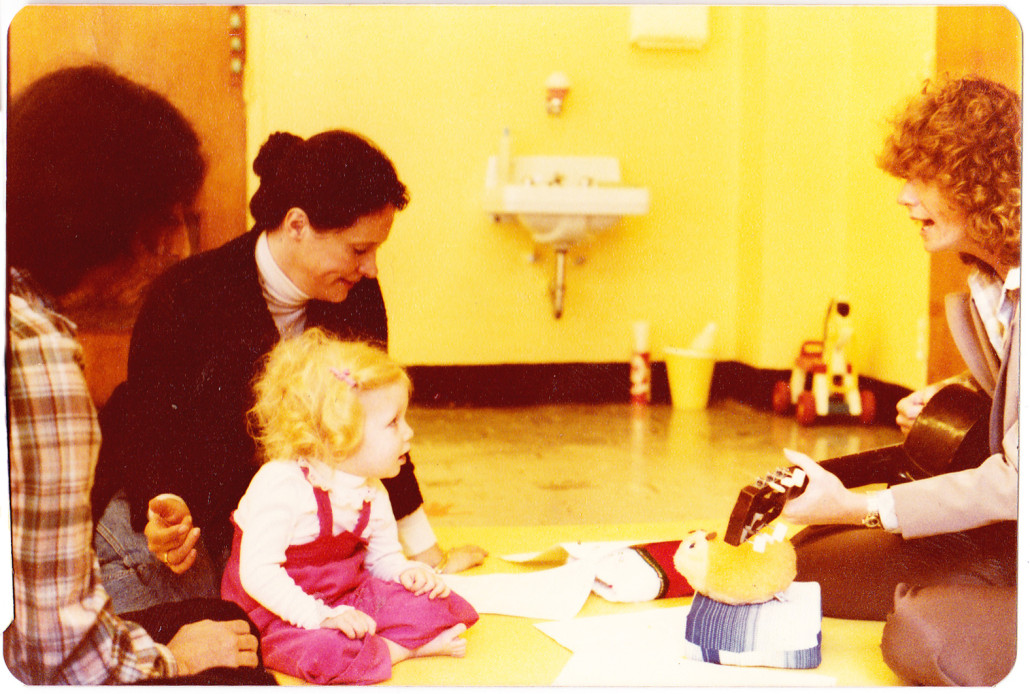
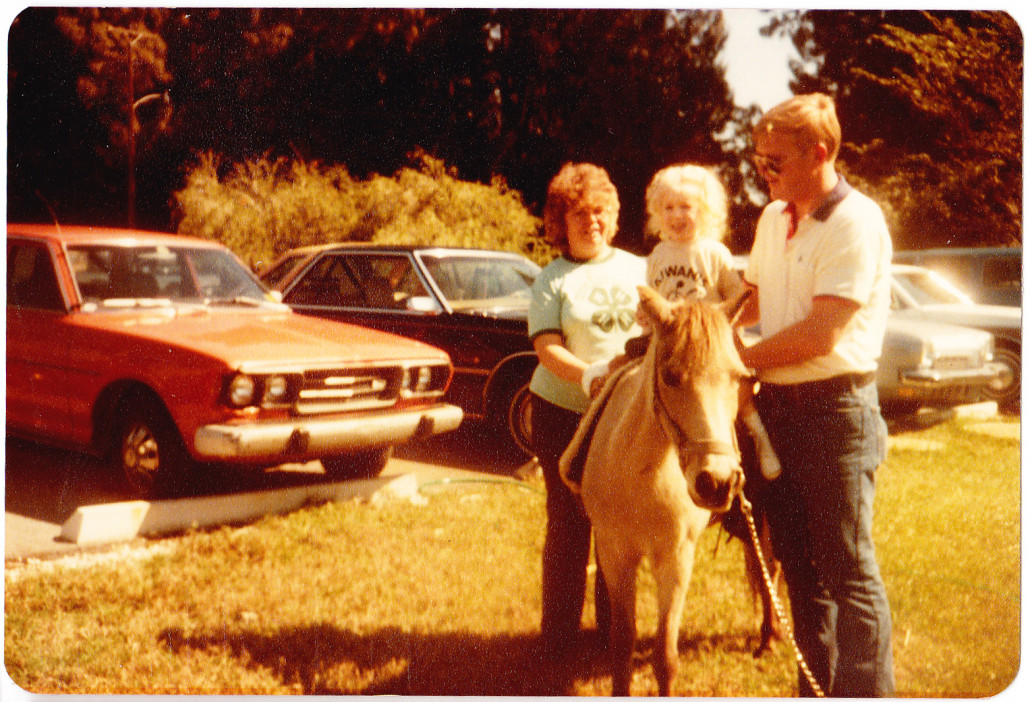
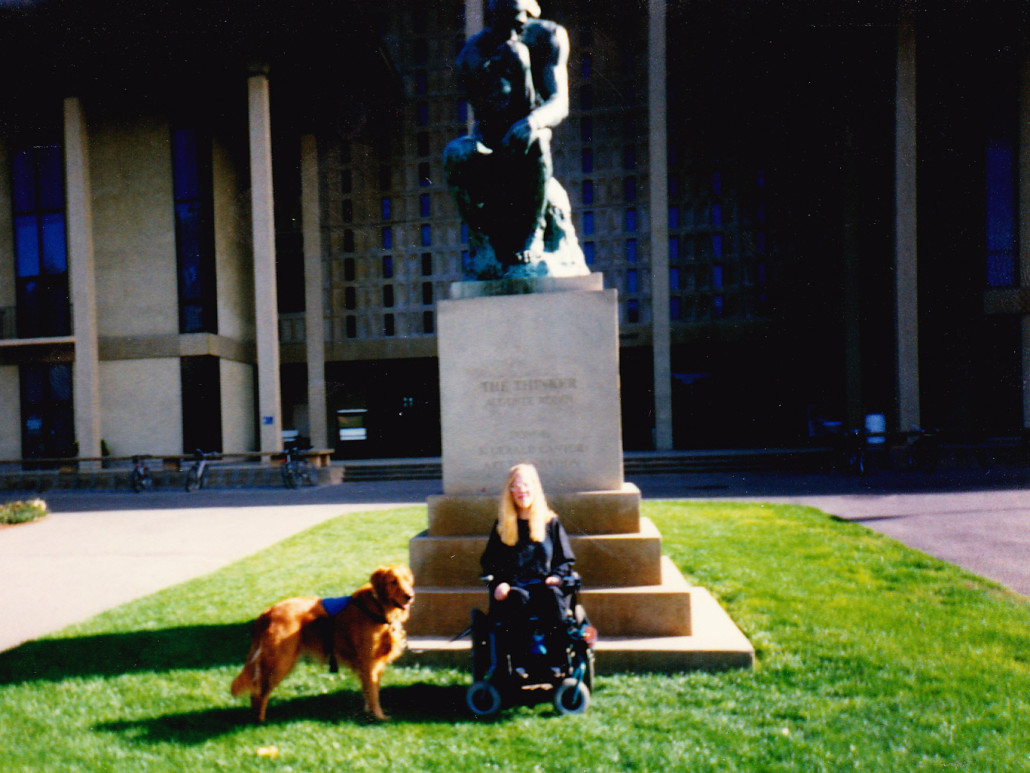
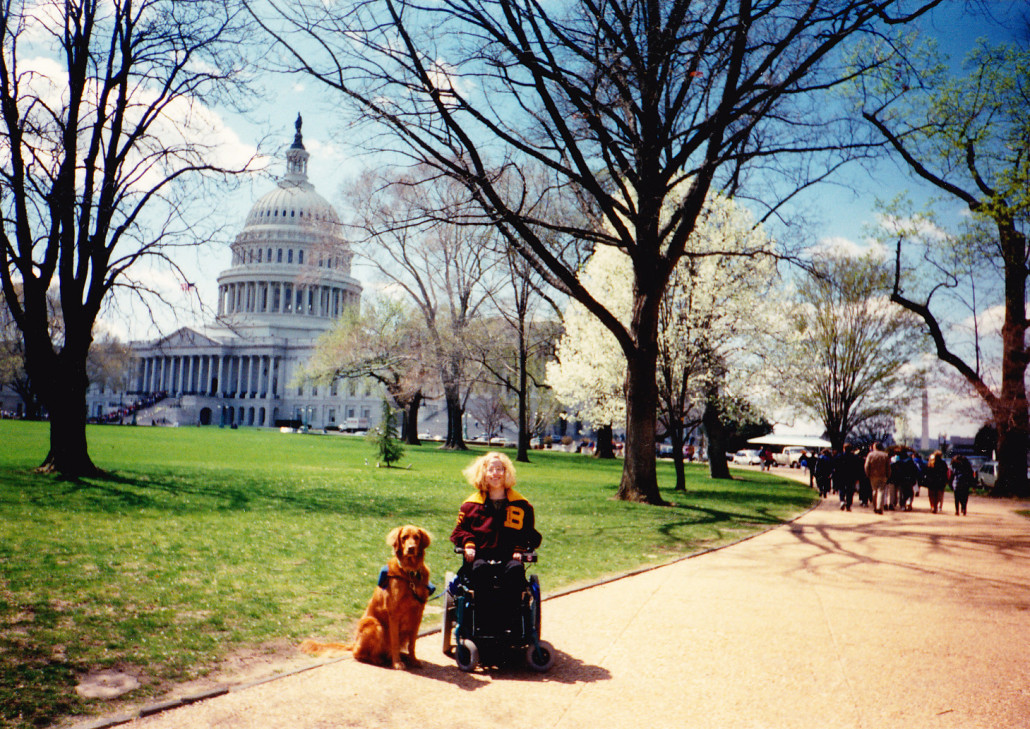




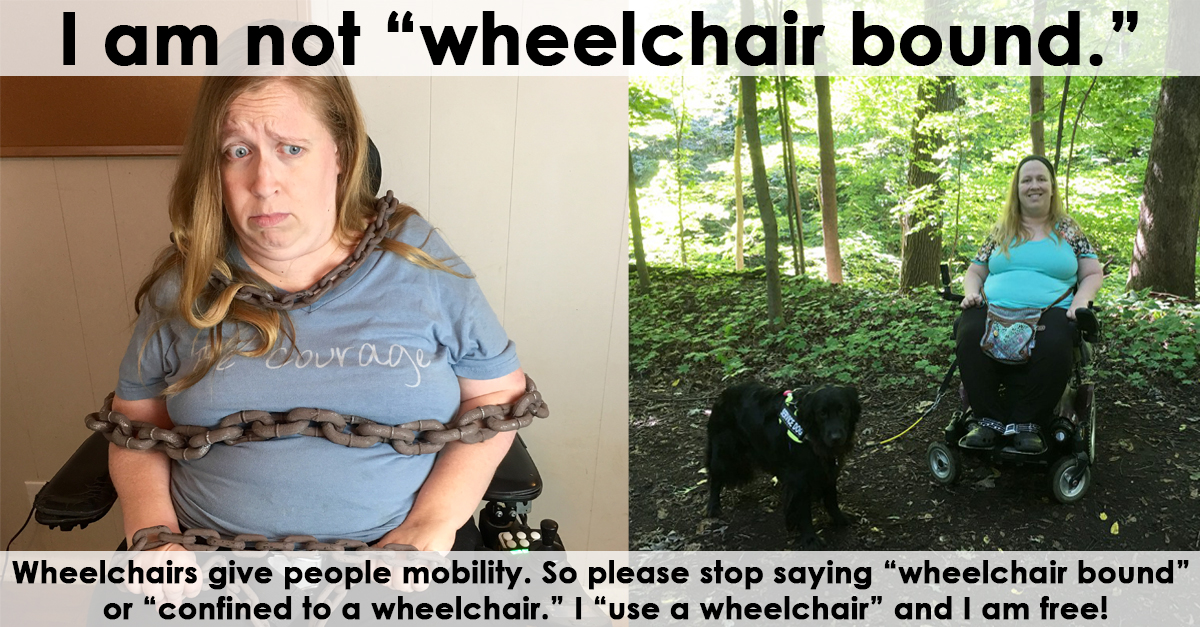





[…] When parents receive their child’s diagnosis, there is often so much emphasis on the dreaded “worst-case scenario” that parents are robbed of the opportunity to dream, plan, and delight in their children. The post linked below strikes a nice balance between seeking necessary medical guidance as necessary and trusting your own and your child’s comfort level when making decisions to maximize their independence and encouraging them to live as full and rich a life as possible. Like me, the author of the post has an assistance dog, which will not be right for every person with cerebral palsy, but may be possible and may offer a lot of benefits. Not all the advice, such as making homes and vehicles accessible and traveling with your child, is practical for everyone, but both are worth considering and doing to the extent that they are possible. Link: “9 Ways to Empower Your Child with Cerebral Palsy” […]